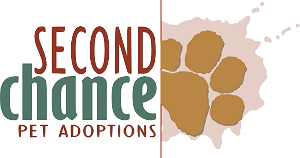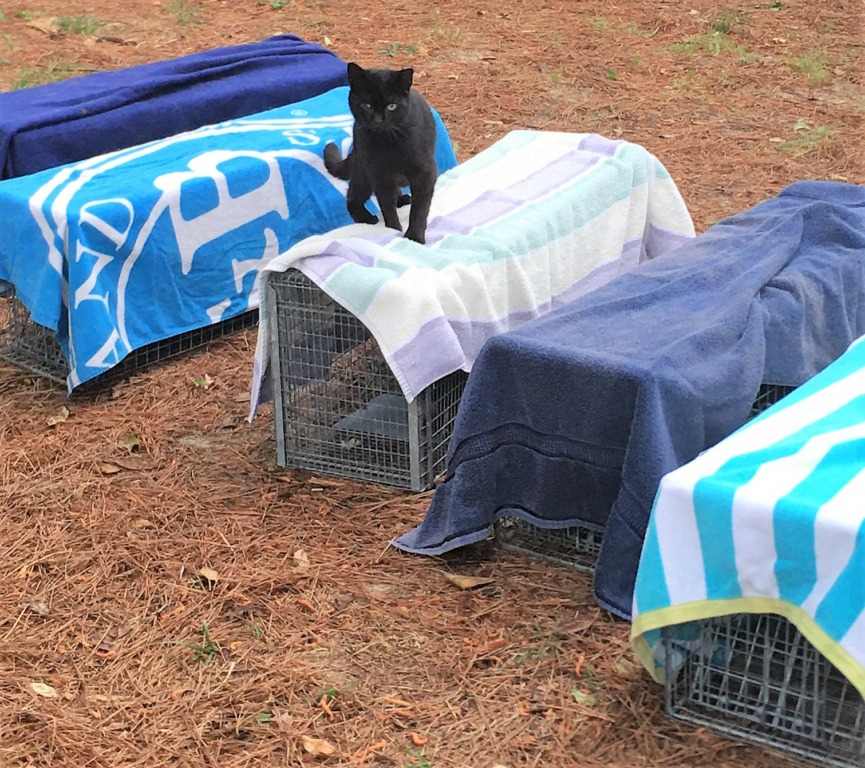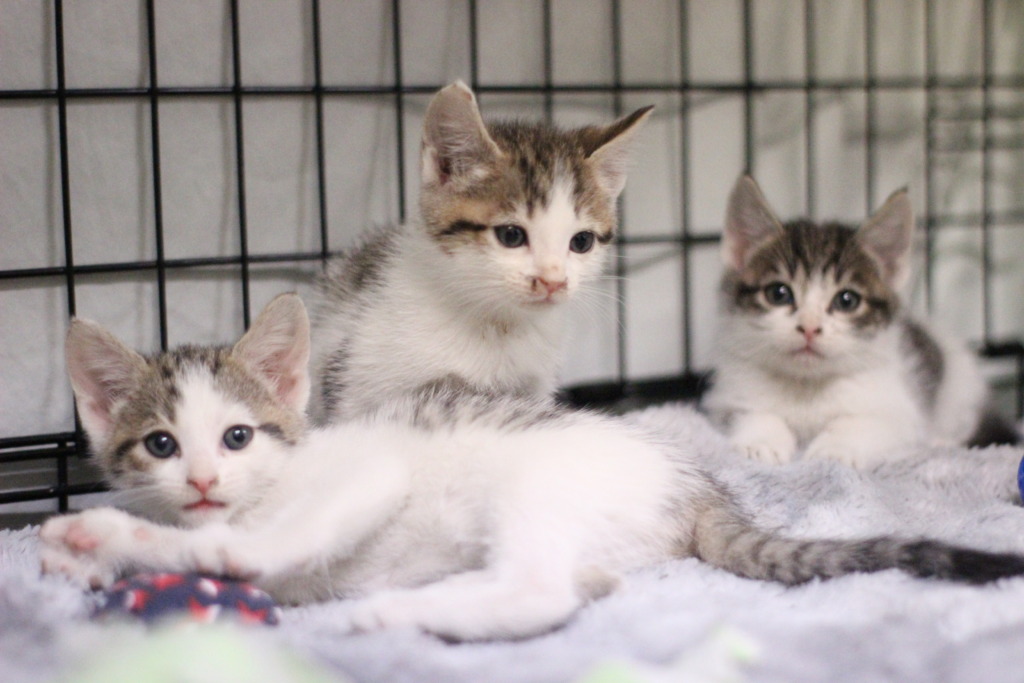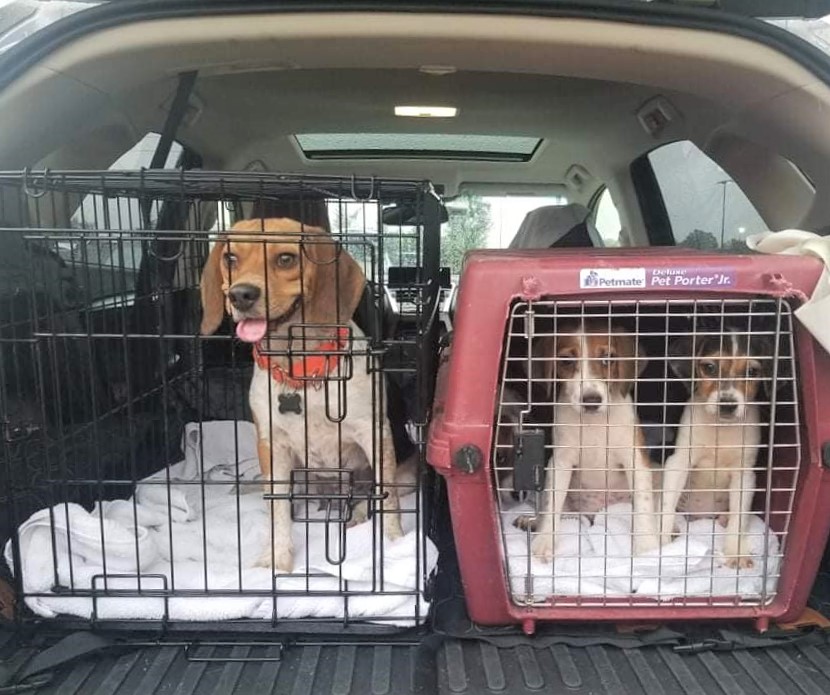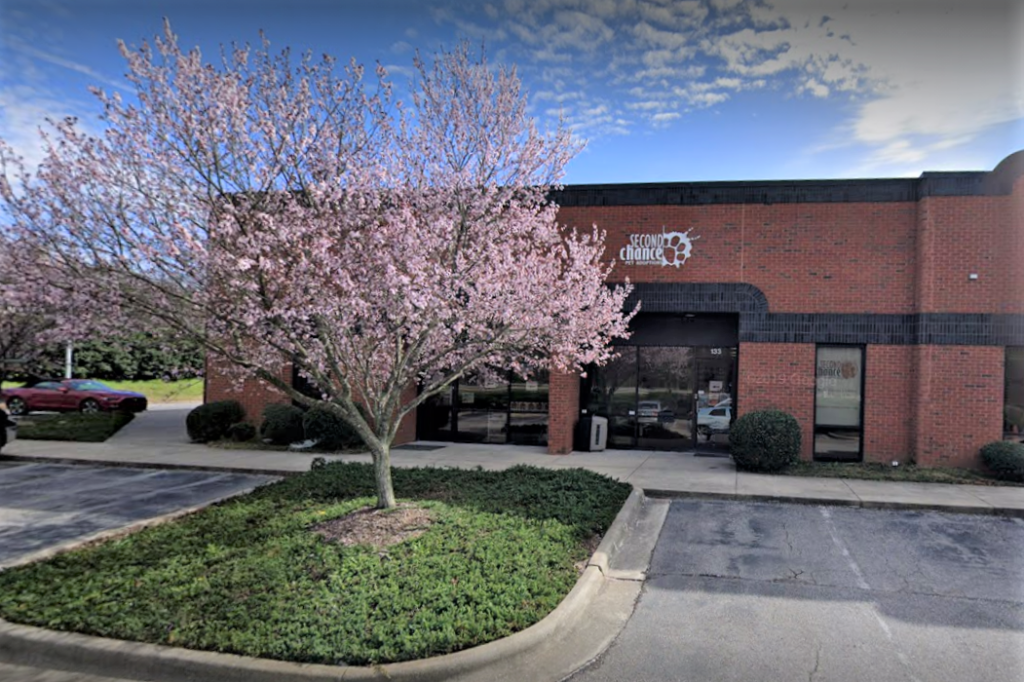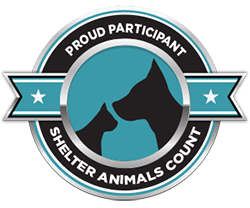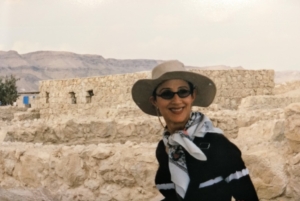
Dear friends,
As Second Chance Pet Adoptions considers the best way to use the bequest that Robin Gager (pictured here) generously left us after her passing (learn more HERE), we want to keep our community apprised of where we are in the decision-making process, as promised when we announced the gift.
When we learned of this donation, the question before us was whether we could or should expand our current programs or build new programs, or do both. To answer this question, the committee responsible for recommending a path forward to the Board of Directors (who will ultimately make the decision for the organization) first completed their assessment of our current programs, including our rescue-and-adoption program for cats and dogs who find adoptive homes locally as well as our dog transport program. Before the end of the year, the committee will similarly assess the non-program components of our organization, including our development and communications department, to create a holistic picture of the health of the organization overall and where our capacities are for expansion, process improvement, and growth.
At the same time, the committee is also investigating the programs and services available to animals and pet owners in our community to determine how Second Chance can add and supplement in efficient ways. To do this, our staff and volunteers are meeting with other rescues and animal welfare organizations, shelters and veterinarians, and others who play a vital role in making sure pets and their guardians are supported with all the resources required for cats and dogs to live long, healthy, and happy lives.
At this time, the primary options of interest to the committee include:
- expanding our spay/neuter capacity;
- increasing our support for stray kittens;
- growing our dog transport program; and
- adding a satellite (second) facility or moving our adoption center to a new location.
Expanding Spay/Neuter Capacity
Second Chance currently spays/neuters all the animals in our adoption program, supports voucher programs for low-income pet owners to have their pets spayed/neutered, and funds the spay/neuter surgeries of stray and feral cats without owners. As proud as we are of our rescue-and-adoption work, we are keenly aware of the importance of spay/neuter in preventing animal homelessness in the first place. As such, proactively spaying/neutering more cats and dogs in our community is of serious interest to our organization. The committee is investigating a range of options, from funding more vouchers to a spay/neuter van to a stationary spay/neuter clinic.
Supporting More Stray Kittens
While Second Chance has an adoption center for the adult cats in our program, our kittens under 6 months old reside in foster homes. Though our animal transport program currently sends dogs to our rescue partners in northern states, it does not currently transport cats. Therefore, there are primarily two ways in which we may be able to help more kittens born into homelessness: increasing the number of foster homes available to us locally and/or begin sending cats, especially kittens, to our current and/or new partner rescues in other states so they may find adoptive homes elsewhere. Given the warm temperatures here in Raleigh, we experience a year-round “kitten season” and are inundated with requests to take in kittens; shelters and rescues in some other states, especially northern states, do not experience this phenomenon and face a “kitten shortage,” if you will, which gives them the capacity to receive kittens from NC and place them for adoption.
Growing the Dog Transport Program
Just as our kittens are fostered, so too are our dogs and puppies, including the dogs and puppies we send to our partner rescues up north. Dogs enrolled in the transport program are fostered approximately 10-14 days with our volunteers before making their journeys north. One means of expansion could be to increase the number of foster homes in our network; another could be to procure kennel space with boarding facilities or to create more holding space through a satellite facility or a larger adoption center (see next paragraph for further discussion). Through any of these options, increased capacity will allow us to save more at-risk dogs from county shelters and “supply” those in the north with more adoptable dogs than they currently have available to potential adopters.
Adding a Satellite or Moving Our Facility
While Second Chance has a lot to love about our current adoption center, we are also aware of the challenges this particular space can present at times. We may find that adding a (second) satellite facility or moving to another facility altogether would allow us to increase our capacity or otherwise improve the quality of life for the animals in our care or the workload taken on by our staff and volunteers. Adding a satellite facility or moving to a new location would be a serious endeavor, so exploring this option involves a considerable amount of research.
This list of four options is not exclusive or exhaustive—the committee continues to consider additional options around staffing and acquiring more tools and resources that will allow us to do this life-saving work more efficiently, faster, or with greater ease and enjoyment. And, to that end, the committee has already proposed four small expenditures that the Board of Directors has approved:
- purchasing new laptops for some staff members;
- repairing one wall in our adoption center that needed urgent maintenance;
- issuing funds to another local organization whose spay/neuter efforts were close to reaching and exceeding their budget; and
- buying devices for the adoption center that will help reduce airborne illnesses among the cats in our adoption center, which not only allows them to feel better day-to-day but also decreases their length of stay in our program as they remain healthy and on the adoption floor rather than moving back to our medical wards.
The committee hopes to propose the plan for the remaining funds to the Board of Directors in the first quarter of 2022. Until then, each member continues to assess the current workings of Second Chance, the pet and pet parent support available in our community now, and the complex and less-complex options for how we can best put this money to work for the mission in the future. As the process advances, we will be sure to issue more updates. Thank you to all who have consulted with us so far and to all who will do so in the course of making this decision, and as always, thank you for all you have done for animals in need!
Sincerely,
Dave Ballesteros
President
Board of Directors
Second Chance Pet Adoptions
